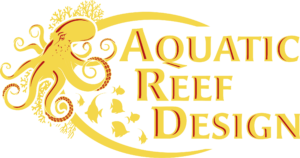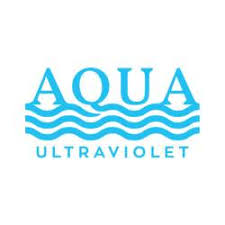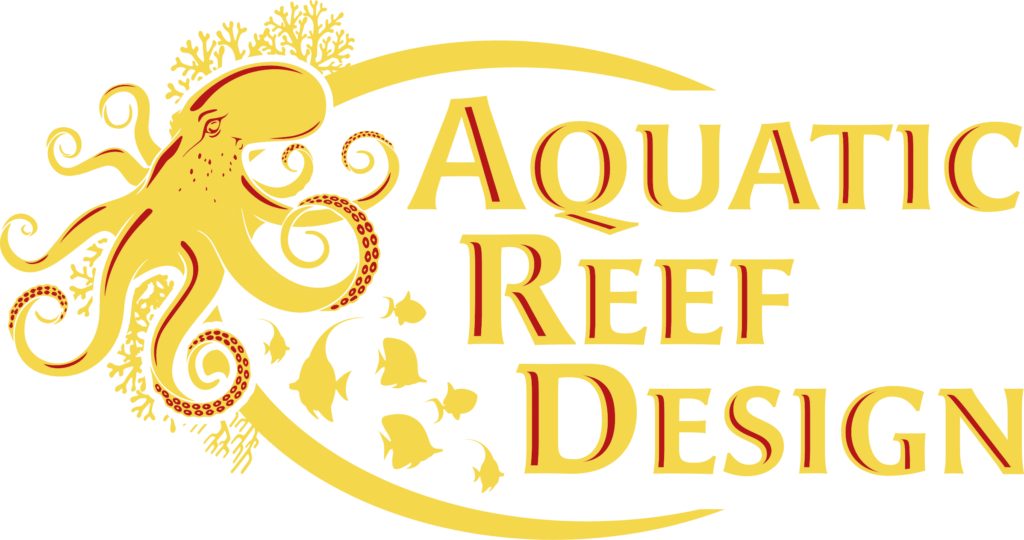
The alluring dance of colorful fish and the mesmerizing sways of sea anemones are undoubtedly the star attractions of any saltwater aquarium. However, just as an orchestra requires more than just lead instruments, an aquarium requires a balance of species to thrive. Herbivores, often the unsung heroes of the marine world, play a vital role in maintaining this balance.
Natural Algae Control
Algae, while a natural component of marine ecosystems, can become a bane for saltwater aquarium enthusiasts. When it proliferates unchecked, it can lead to a host of problems, both aesthetic and biological. Herbivores serve as nature’s answer to this challenge, offering several key benefits in algae management.
In the absence of natural grazers, algae can quickly cover the surfaces within an aquarium, turning your once-clear view into a murky green mess. This not only diminishes the visual appeal of your tank but can also smother corals and other sessile invertebrates.
Algae outbreaks often signal an imbalance of nutrients in the water, especially nitrates and phosphates. While herbivores can’t directly control nutrient levels, they can curb algae blooms, which can otherwise absorb and lock away these nutrients, further destabilizing the system. By keeping algae in check, herbivores help maintain a more consistent nutrient profile.
Especially in newer tanks, algae can capitalize on any available nutrient excess before the tank fully cycles and finds its balance. Herbivores can assist during this period, keeping algae populations at bay while other tank processes establish themselves.
In essence, herbivores act as the custodians of your aquarium. They tirelessly ensure that the environment remains clean, balanced, and conducive for all inhabitants. By keeping algae in check, they not only preserve the beauty of your marine sanctuary but also its overall health and equilibrium.
Promoting a Healthy Ecosystem
In the intricate web of marine life, each species plays its unique role to ensure harmony and balance. Herbivores, often overlooked in this tapestry, have dual roles. They are both the guardians of a healthy ecosystem and the champions of biodiversity.
As herbivores feed on algae and plant matter, they process and break down organic materials. This natural behavior ensures that detritus and waste don’t accumulate excessively, which might otherwise lead to unfavorable conditions like the growth of harmful bacteria or water clouding.
Some herbivores, especially bottom dwellers like certain snails and sea cucumbers, sift through the substrate as they forage. This behavior aerates the sandbed, promoting the growth of beneficial bacteria. These bacteria play a crucial role in the nitrogen cycle, converting harmful compounds like ammonia and nitrite into less harmful nitrates.
Biodiversity isn’t just about numbers; it’s also about aesthetics. By introducing different herbivorous species, the aquarium becomes a mosaic of colors, shapes, and behaviors. Observing a tang gracefully graze on rock surfaces or a hermit crab meticulously pick at detritus is a testament to the complex and beautiful interplay of marine life.
Examples of Herbivores to Add to Your Saltwater Aquarium
Tangs – These fish are primarily herbivores, grazing on rocks and other surfaces in the aquarium. Their vibrant colors also add beauty to the tank.
Blennies – The Lawnmower Blenny, for instance, is renowned for its ability to graze on unwanted algae. Its quirky appearance and behavior are sure to capture attention.
Sea Urchins – These spiny creatures move slowly across rocks and substrate, munching on algae as they go. Not only are they efficient algae eaters, but they also add a unique touch to the marine landscape.
Parrotfish – Parrotfish are named for their beak-like teeth which they use to scrape algae off rocks. While they might not be suited for all tanks due to their potential size and temperament, in the right environment, they can be a helpful herbivore addition.
Hermit Crabs – While they’re not exclusively herbivorous, many hermit crab species do consume algae. They’re also scavengers, helping to clean up detritus in the tank.
Snails – Trochus, Nerite, and Astraea snails are all excellent choices for algae control. They tirelessly work their way across the tank’s surfaces, keeping them spotless.










